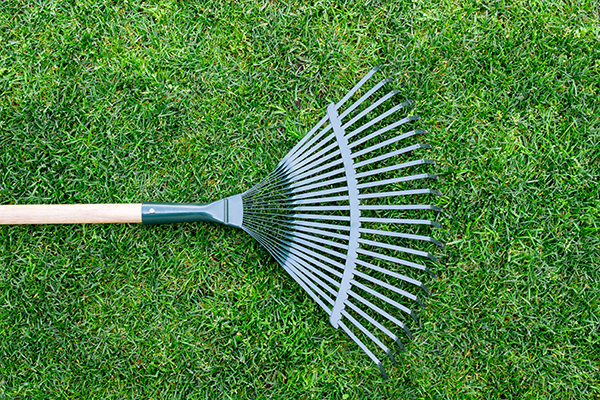Overseeding with perennial ryegrass is a common practice for sports fields managers, golf course superintendents and landscape professionals to provide wintertime color while bermudagrass is dormant.
In order to get good germination results, the seed must get optimal soil contact and not dry out during establishment. Additionally, this process can also be impeded by thatch (dense layer of organic matter) of the bermudagrass. In many cases, the perennial ryegrass germinates in the thatch and then dies shortly after germination.
Prep your site for success.
Proper site preparation, water management and quality seed are critical to achieving satisfactory overseeding results. Poor germination results can most often be traced to poor site preparation or poor maintenance practices.
Scalp the existing bermudagrass down low enough to see the soil. A light verti-cutting will reduce thatch—if you don’t own the equipment, look into renting for this season. Blow or rake the clippings and remove all debris. This will help you prep the site so that the seed can get to the soil for successful germination. By properly scalping and verti-cutting the lawn prior to seeding, you provide the necessary environment to achieve good germination.
After applying the seed, it's a good idea to rake the seed in to the soil with a leaf or garden rake to further ensure good soil contact.
If you have questions on getting results with your overseeding practices, stop by your local Ewing to get answers and learn about our Fall Seed Specials.
Getting ready to overseed? Download our Guide to Overseeding.




